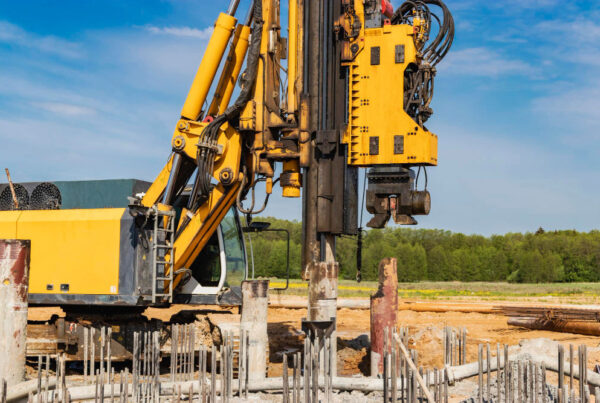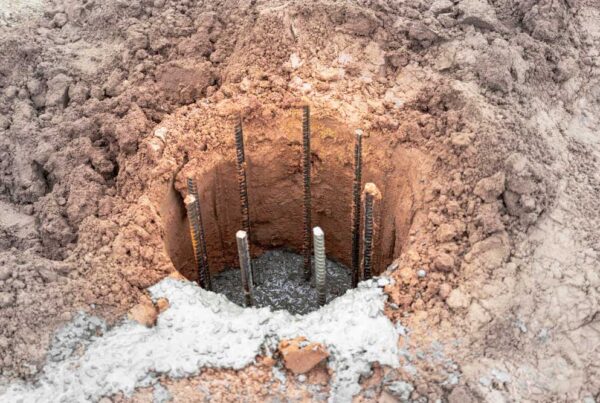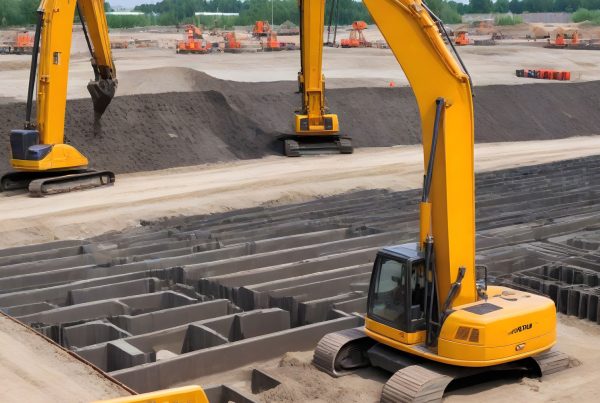Bored piles, also known as drilled piles or cast-in-situ piles, are a type of foundation that is commonly used in construction projects. They are deep foundation elements that are used to transfer the loads of a structure to the underlying soil or rock. Bored piles are cylindrical in shape and are created by drilling a hole into the ground and then filling it with concrete. They are commonly used in high-rise buildings, bridges, and other large structures that require deep foundations.
The process of creating a bored pile involves drilling a hole into the ground using a special drill rig. The hole is typically larger in diameter than the pile itself, and is often lined with a steel casing to prevent collapse of the hole during drilling. Once the hole has been drilled to the required depth, a reinforcement cage is lowered into the hole, and then concrete is pumped in from the bottom. The concrete displaces the drilling fluid as it fills the hole, and the drilling fluid is then removed and recycled for use in future drilling operations.
One of the key advantages of bored piles is that they can be constructed in a wide range of soil and rock conditions. They can be used in soft soils, where other types of foundations may be ineffective, and they can also be used in hard rock formations. Bored piles are also highly adaptable to different load and capacity requirements, as the diameter and length of the piles can be adjusted to suit the specific needs of the project.






